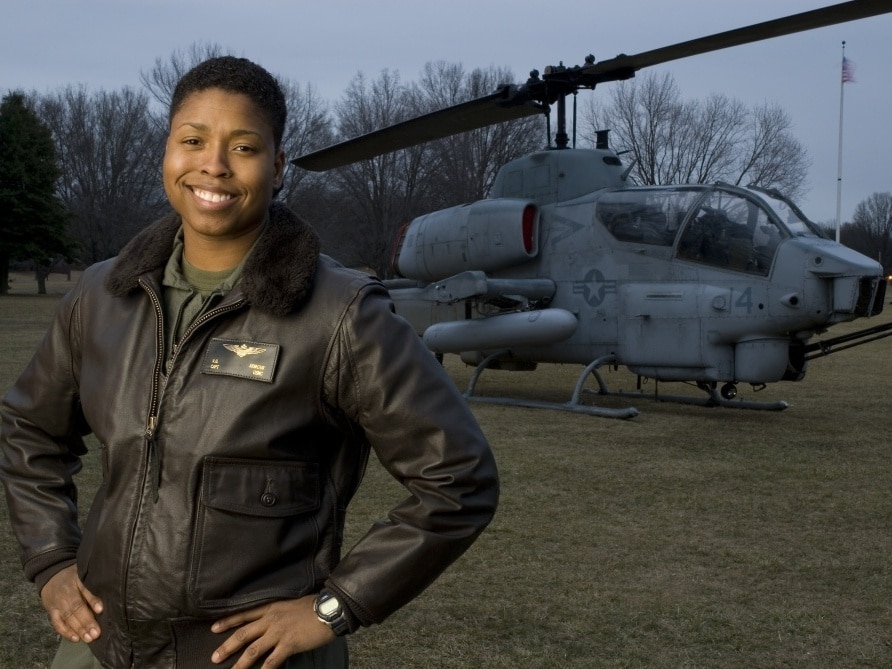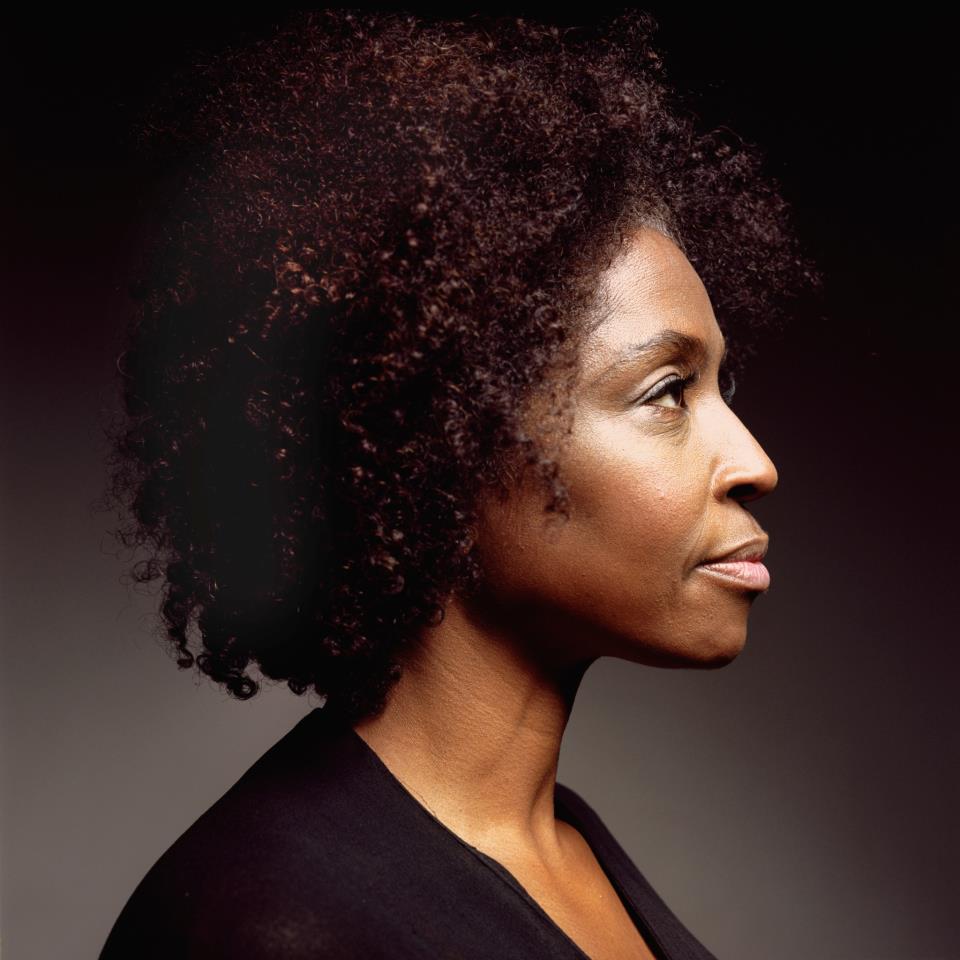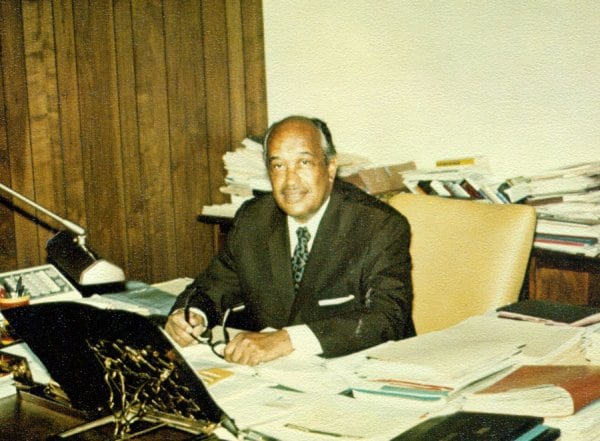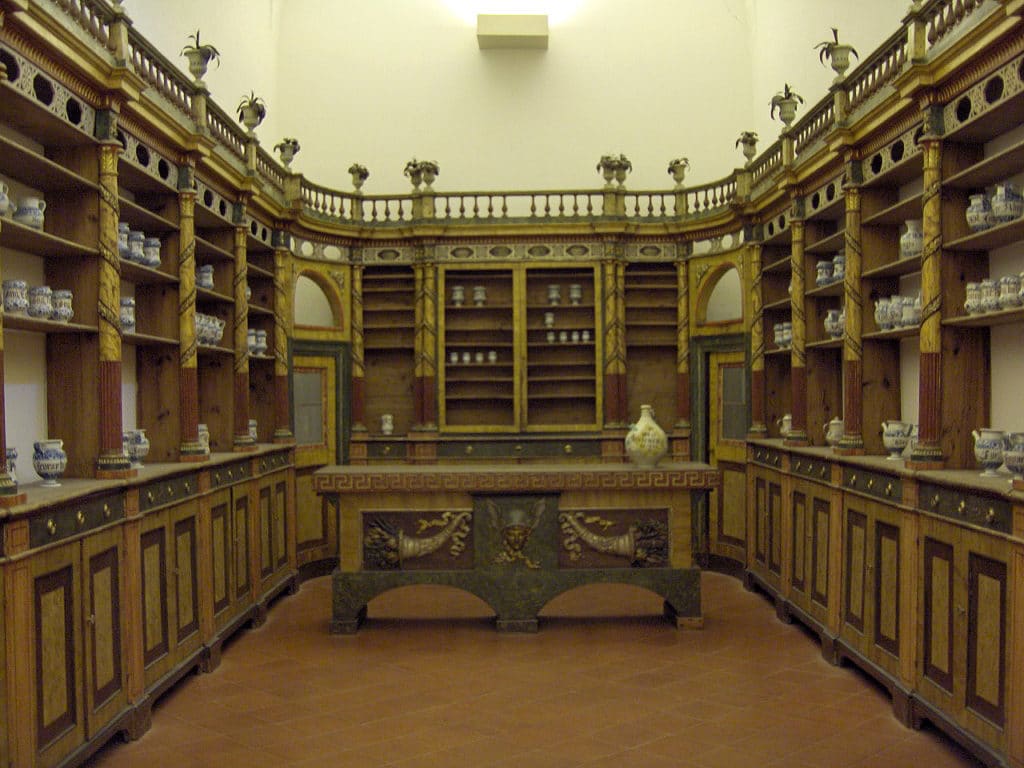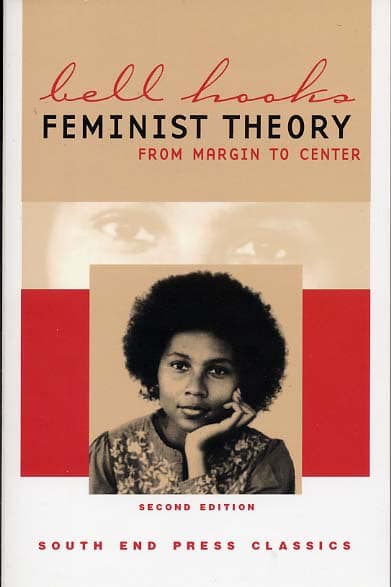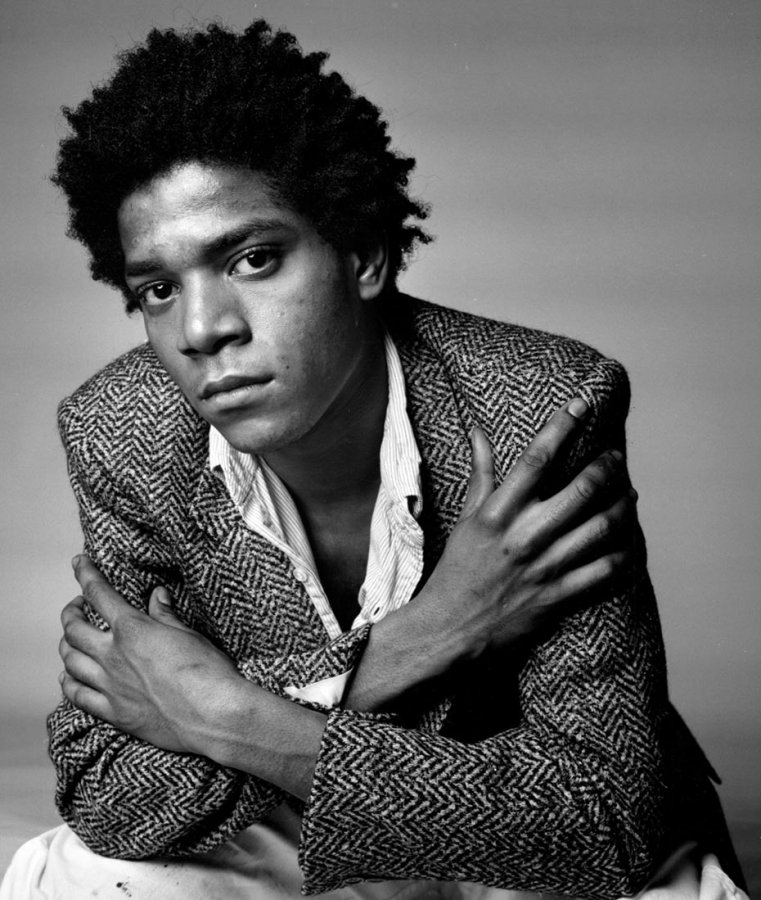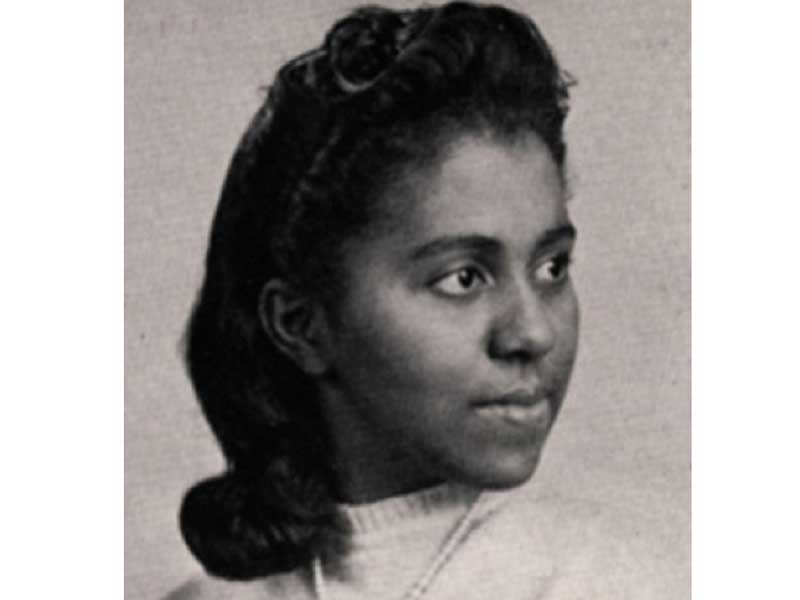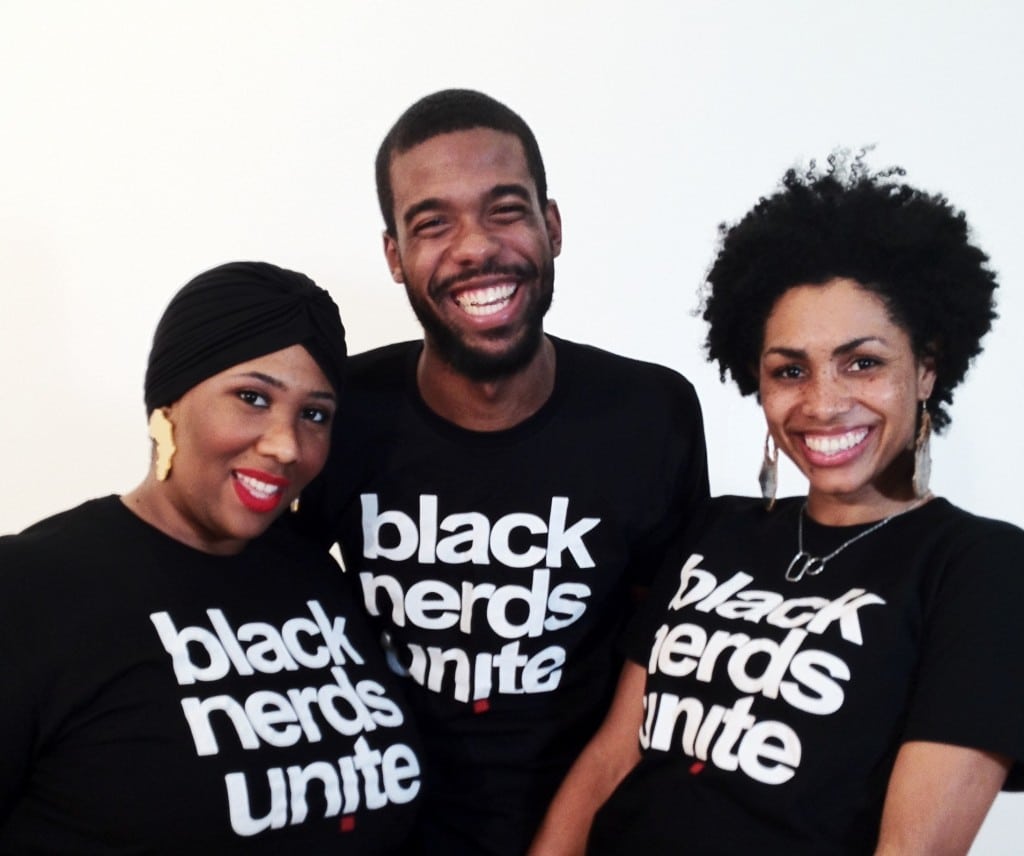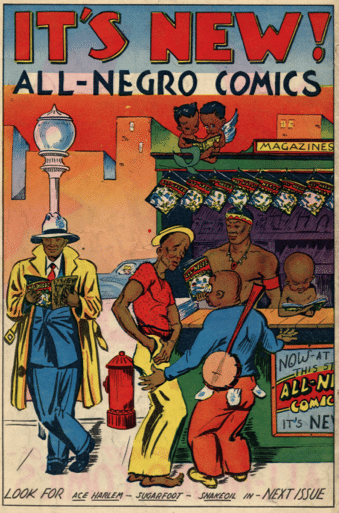 Willa Brown (Jan. 22, 1906 – July 18, 1992)
Willa Brown (Jan. 22, 1906 – July 18, 1992)
In 1936, Brown became the first woman to obtain a private pilot’s license in the U.S. She was part of the National Airmen’s Association of America in 1939 whose sole purpose was to integrate army so that Black pilots could get the chance to fly. In her military career, Brown was an advocate for all Black pilots male or female. Brown became the head of the Civilian Pilot Training Program in Chicago where Black pilots were selected for the Tuskegee training program. She went on to become a coordinator for the Civil Aeronautics Authority and a member of the Federal Aviation Administration’s Women’s Advisory Board.
Janet Bragg (March 24, 1907 — April 11, 1993)
Bragg was the first woman admitted to Curtiss-Wright School of Aeronautics in Chicago in 1928 and to hold a commercial pilot’s license. Bragg was rejected from four different organizations based on race. This rejection may have lead to her second career path as a registered nurse. After graduating from Spelman College, Bragg went to Illinois and continued practicing as a nurse until becoming an insurance health inspector in 1941.
Dorothy Layne McIntyre (b. Jan. 27, 1917)
At 22 years-old, Layne McIntyre became the first Black woman to earn a pilot’s license under the Civil Aeronautics Authority (CAA). She ended up going into aircraft mechanics at the Baltimore War Production school.

